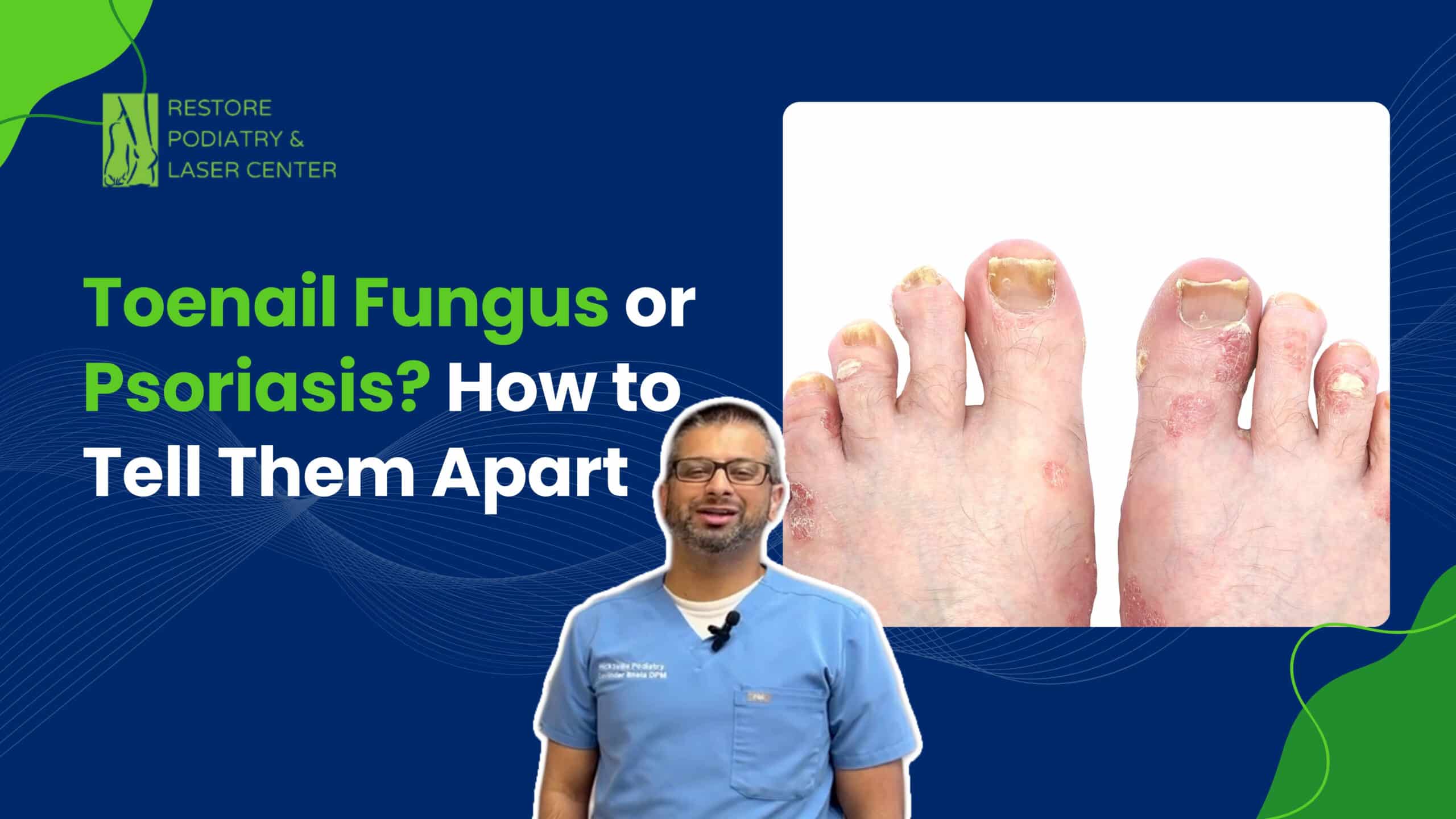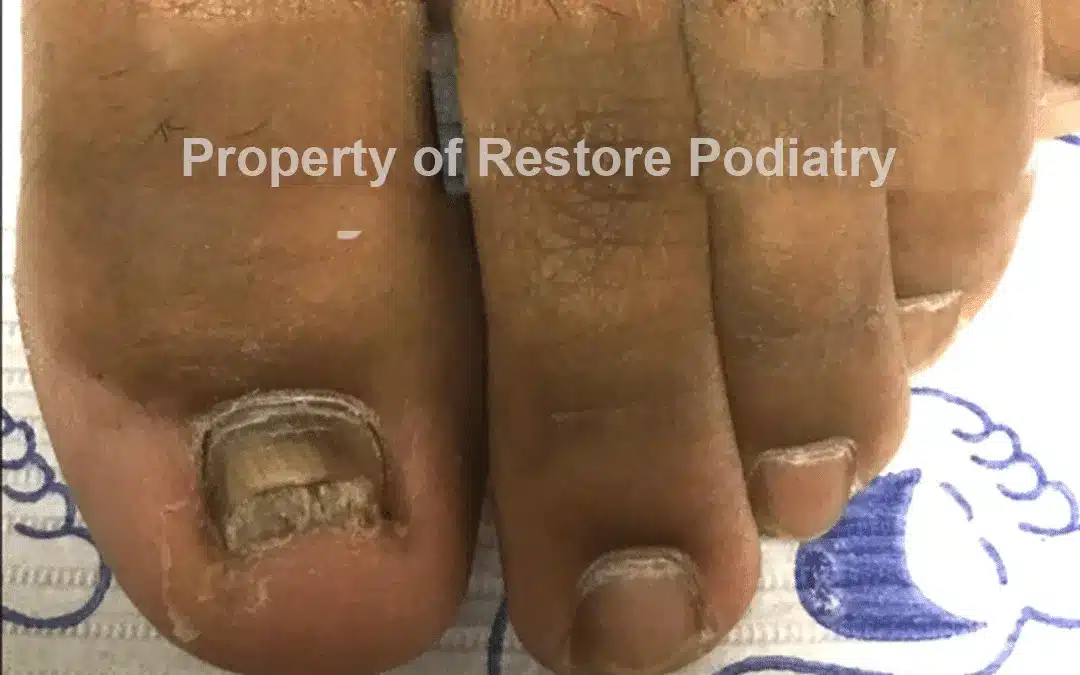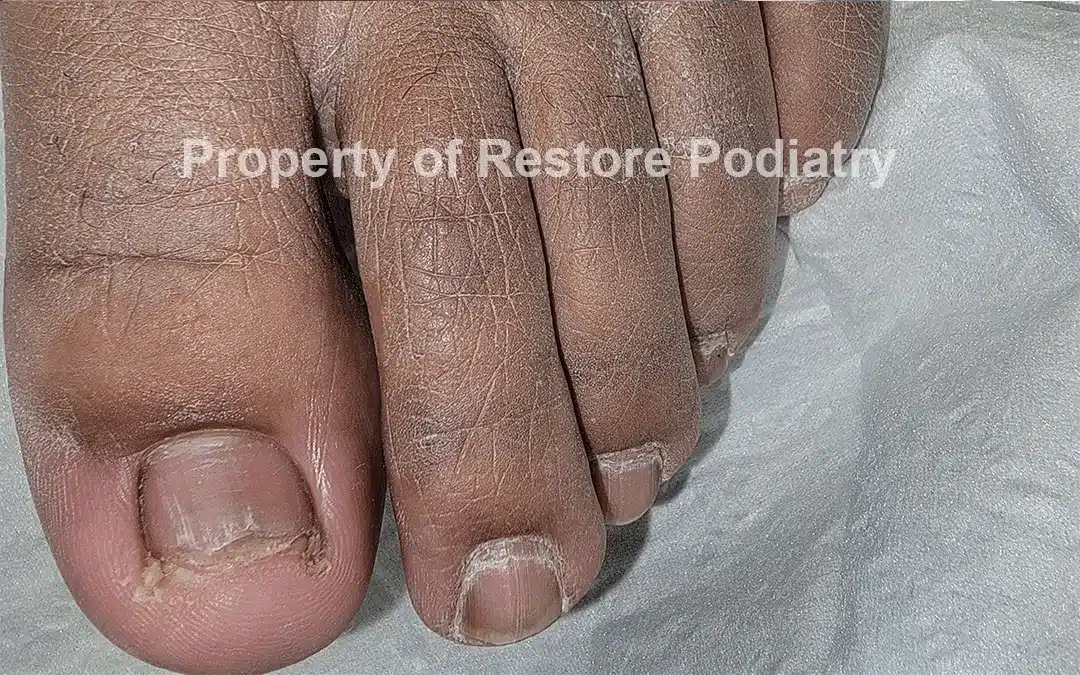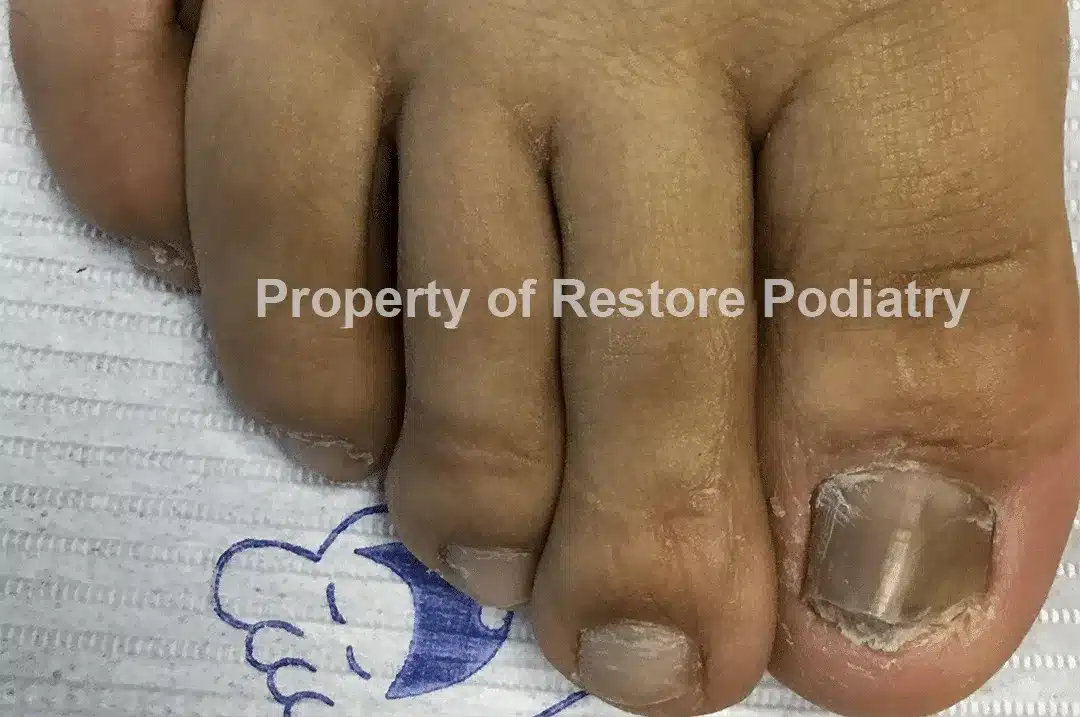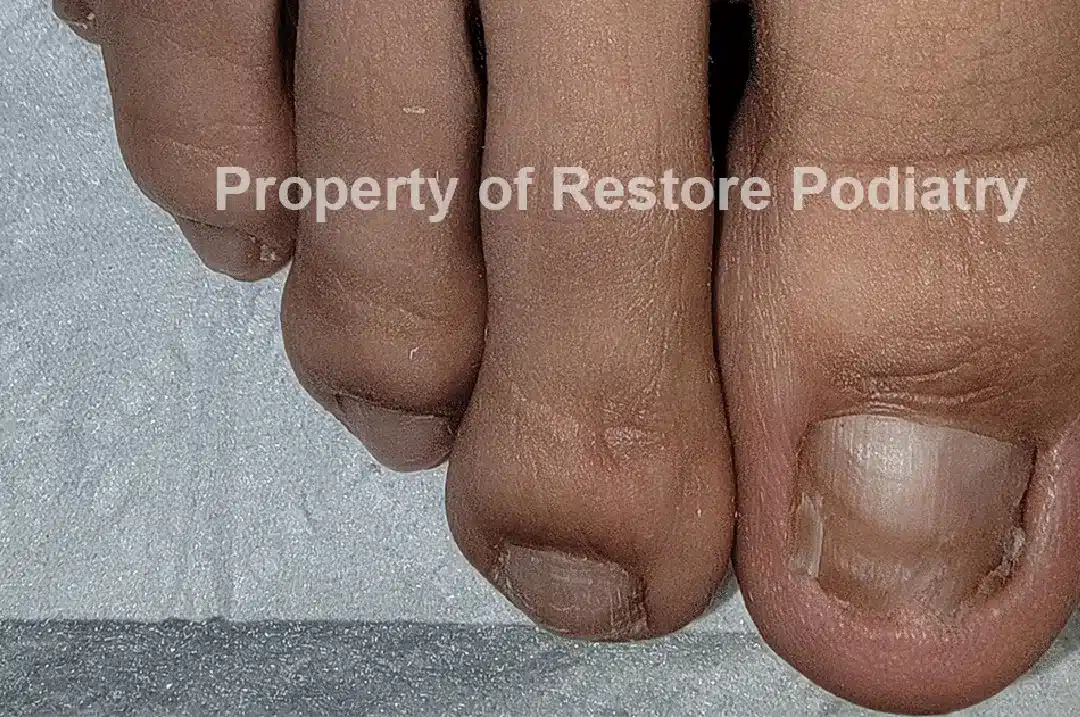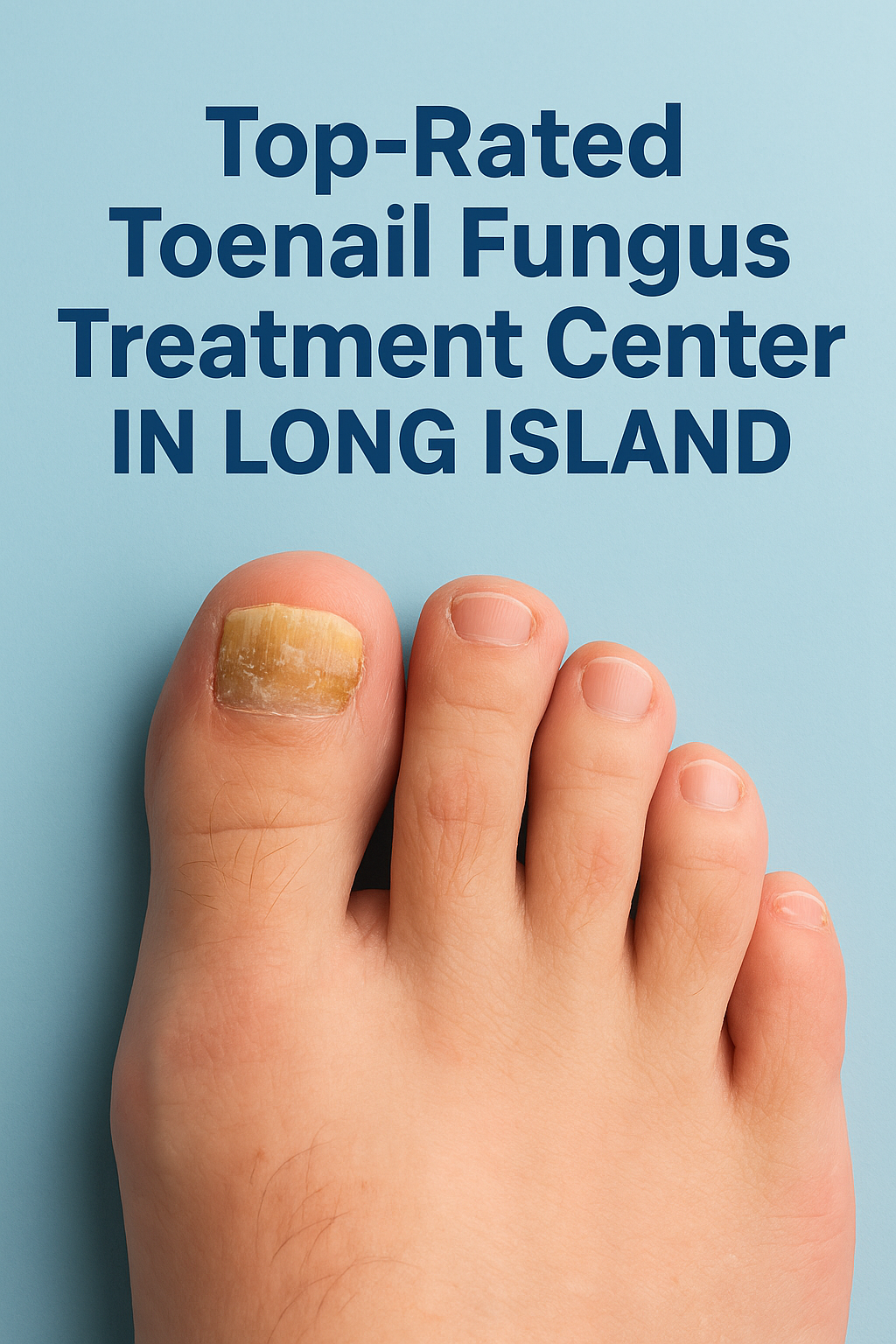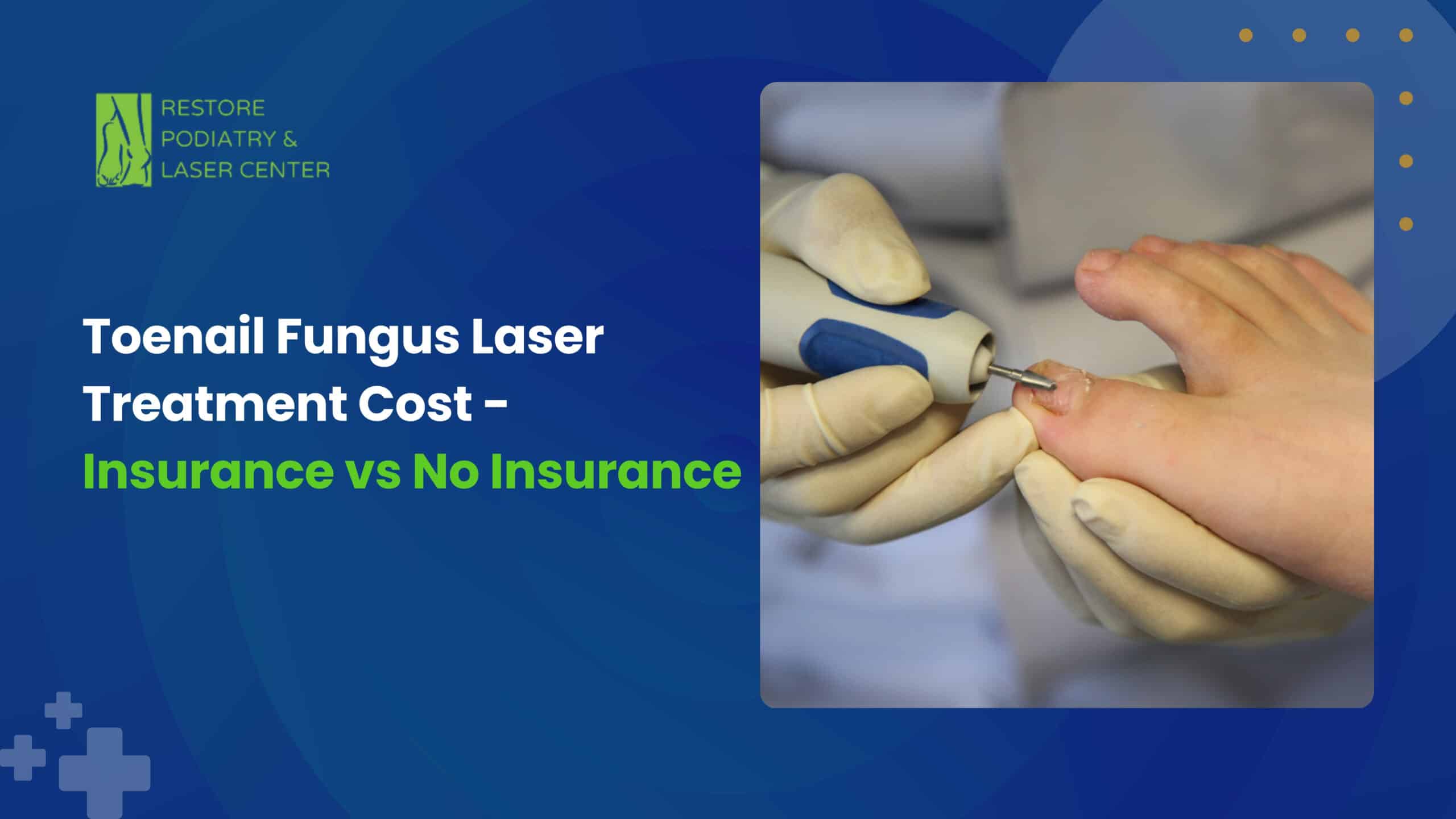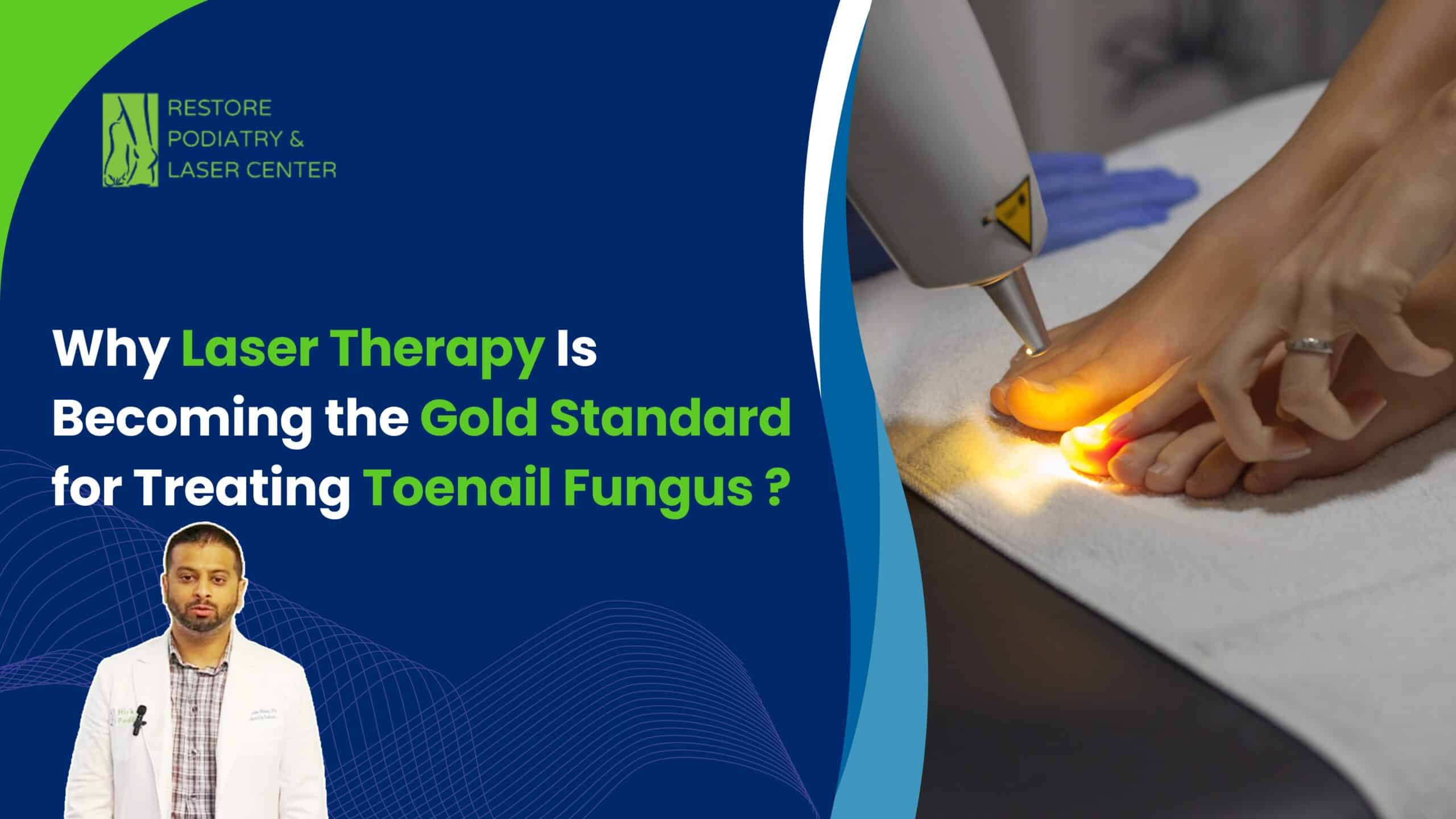Living in Hicksville, NY, or Long Island, you’re busy balancing work, family, and daily life. The last thing you need is to worry about hiding your toenails or dealing with discomfort in your shoes. Whether it’s toenail fungus or nail psoriasis, you don’t have to keep guessing or hiding your feet. At Restore Podiatry, we’re dedicated to helping Long Islanders get clear answers and effective treatments so you can get back to living confidently and comfortably.
If you’re tired of wondering whether you have toenail fungus or psoriasis, it’s time to get a clear diagnosis and a customized treatment plan that actually works. Call us today or schedule your consultation online at Restore Podiatry to get started on your journey to healthier nails.
Treating patients from Jericho, Syosset, Glen Cove, Brookville, Old Brookville, Muttontown, Old Westbury, Westbury, Greenville, Glen Head, Locust Valley, Roslyn, Roslyn Heights, Manhasset, East Hills, Port Washington, Sand Points, Great Neck, Mineola, Garden City, Hempstead, East Meadow, Levittown, Wantagh, Bellmore, Merrick, Oceanside, Lakeview, Hewlett, Seaford, Amityville, Lindenhurst, Babylon, West Islip. Plainview, Bethpage, Woodbury, Melville, Dix Hills, Elwood, Huntington, Cove Neck, Lloyd Harbor, Greenlawn, Deer Park, Brentwood.

